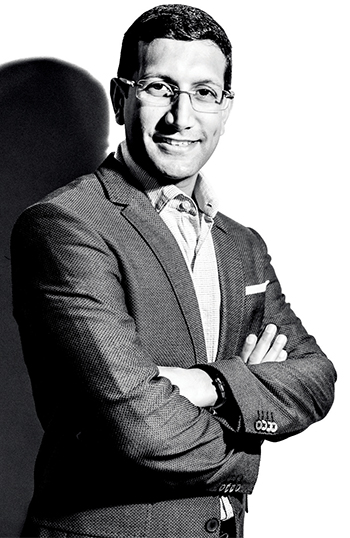‘pDOOH is still work in progress’
By Rajiv Raghunath - September 29, 2021
Jahan Mehta, Director, Selvel One Group asserts that ushering in a common currency for audience metrics should be the highest priority for Indian OOH
 Has Selvel One engaged any programmatic DOOH platform?
Has Selvel One engaged any programmatic DOOH platform?
No, we haven't been able to be part of a programmatic platform yet. One of the key requirements for pDOOH is availability of real time audience data. In a controlled indoor environment, it is possible to become part of the pDOOH process by installing cameras Infront of the signage so that the ads can be placed basis the audience. All our digital OOH displays are roadside media.
If you were to sign up with any pDOOH platform what would be tangible outcomes?
We haven't been able to start this process, but I can attempt to answer the question this is theoretical at the moment.
Typically, you enter annual deals and offer a percentage of revenue to the technology partner that is enabling the process of programmatic buying. That can be a substantial fee.
There are two ways in which pricing works:
- The media owner defines the lowest rate and hence it becomes more of an automated sale.
- The algorithm defines the rate and there is RTB (real time bidding) by the clients for the display. This is something which the DOOH players have been moving against since the algorithm is designed to lower prices over a period of time, which has led RTB to being called "race to bottom".
The pitch for pDOOH is that it helps you reach out to clients that you wouldn't normally reach out to in a traditional Business to Business approach. Hence, whatever you earn from this avenue is surplus money which should go straight to your bottom line.
In reality it's very much a work in progress at the moment and it seems that we will be moving towards an automated sales process ( fixed price buying over the internet ) rather than pDOOH.
pDOOH is a terrific concept and it's something that is being talked about a lot and as you know any publicity is good publicity. It's talked about at all the major OOH conventions and brands love to talk about it as well, So, in that sense, it has brought a great deal of excitement to OOH.
Any challenges you think still need to be addressed in the programmatic space?
In India, we need to address the availability of a common currency so that we are all talking about the same set of numbers that pass by a particular location. Some advancements on RTB need to be made so that media owners' interests are protected. So, perhaps fixed rate selling based on the audience is the way forward for now.
Do you think it’s the way to go in order to address many challenges that the OOH industry faces today?
Perhaps you can describe a well-run pDOOH system as the end goal where clients place their advertisement based on the audience that is viewing the display at that very moment. So yes, we must work towards this but to get there we need to do many things, starting with a common currency for the audience measurement system.
After that we need to get enough displays connected onto a single system so that the clients can roll out a national campaign at the click of a button by defining his Target Audience ( like he does on digital media today). Then, we need to make sure that we can provide our clients with sufficient evidence for Proof of Performance so that they don't get tripped up by their internal audit systems.
I must add that traditional OOH or classic OOH is also here to stay. I would assume that we will get to a stage where about 20% of all OOH media is digital, which will have the ability to become programmatic. This 20% of media is likely to garner about 50% of the OOH media pie. The balance 80% of media will probably remain as classic and will fight for the other half of the media pie.
In my opinion, regardless of whether you have classic OOH, DOOH or pDOOH, the way to go must be a common OOH measurement metric first.

Stay on top of OOH media trends






